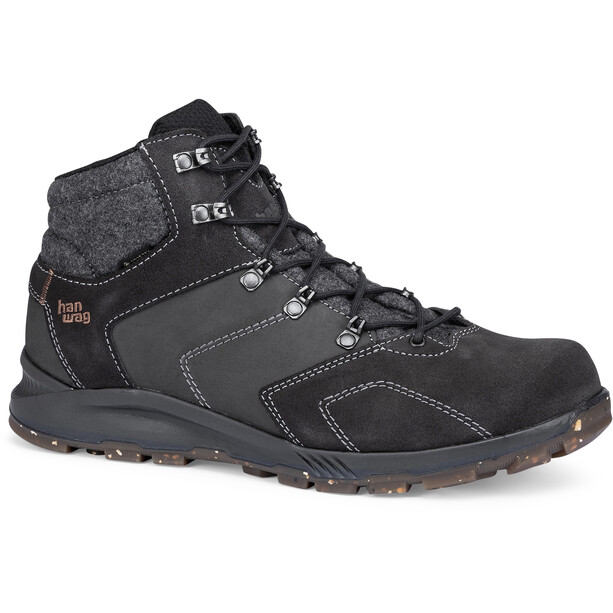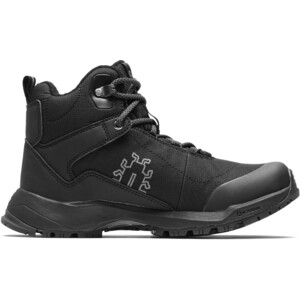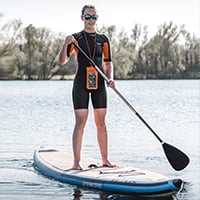Winter shoes: fight the cold
Winter shoes from brands such as Helly Hansen, The North Face and Salomon are perfectly equipped for cold temperatures. They’re designed to resist cold, snow and ice and stay dry and warm in challenging conditions. But what makes a good winter shoe and how can you find the right model for you?

What are winter shoes and what do they offer?
Although different winter shoes offer different features, all are designed to keep your feet warm and dry. They are usually constructed with special materials that provide good protection from sub-zero temperatures and harsh weather conditions. Most winter shoes are typically well-lined with fur, faux fur or other high-insulation materials.
They‘ll also need to keep moisture out, for example rain or melting snow. This often means waterproof fabrics are used and the construction of the shoe is especially designed to prevent snow from entering: for e.g. with a small shaft that fits snugly around your calf or ankle. Shoes for winter also usually come with a climate membrane that dissipates excess moisture.
These models require an anti-slip sole that will ensure safe passage over frozen paths. Their robust grip profiles help you to walk in deep snow and on icy surfaces. Certain rubber compounds also have a braking effect, even if the track ahead is slippery. State-of-the-art products such as Hanwag’s IceGrip outsole or The North Face’s TNF Winter Grip sole ensure increased safety when walking over smooth snow and ice.
Finally, extra features such as reinforced caps and heel areas protect feet and improve the durability of the shoe. These versatile models can be worn while hiking, commuting to work and travelling to school.
Fitting your winter shoes
It’s crucial that your winter shoes fit comfortably; otherwise they won’t be able to fulfil their function properly. Too small a shoe squeezes the foot and slows down blood circulation. This leads to cold feet, cramping and blisters. On the other hand, if your shoes are too big, they will provide a poor grip on the foot. This can lead to falls and difficulty walking on tricky terrain. When trying on a pair of winter shoes, remember that you usually wear thick socks during the cold months. So, it’s best to try them on whilst wearing a pair of these – or choose a size up.
Generally speaking, when you try on a pair of shoes there should be about a thumbs width of space between the front of the shoe and your foot. Check that the shoe is sitting correctly against your instep and doesn’t press against it.
Caring for your winter shoes
Before you wear your new winter shoes for the first time, we recommend treating them with a protective spray. Normally, the shoes are already impregnated at the factory before they are delivered. However, this coating may lose its effectiveness over time. Be sure to thoroughly dry and ventilate your winter shoes after wearing them, and always carefully carefully remove mud and dirt with a brush.
 free shipping
free shipping


































